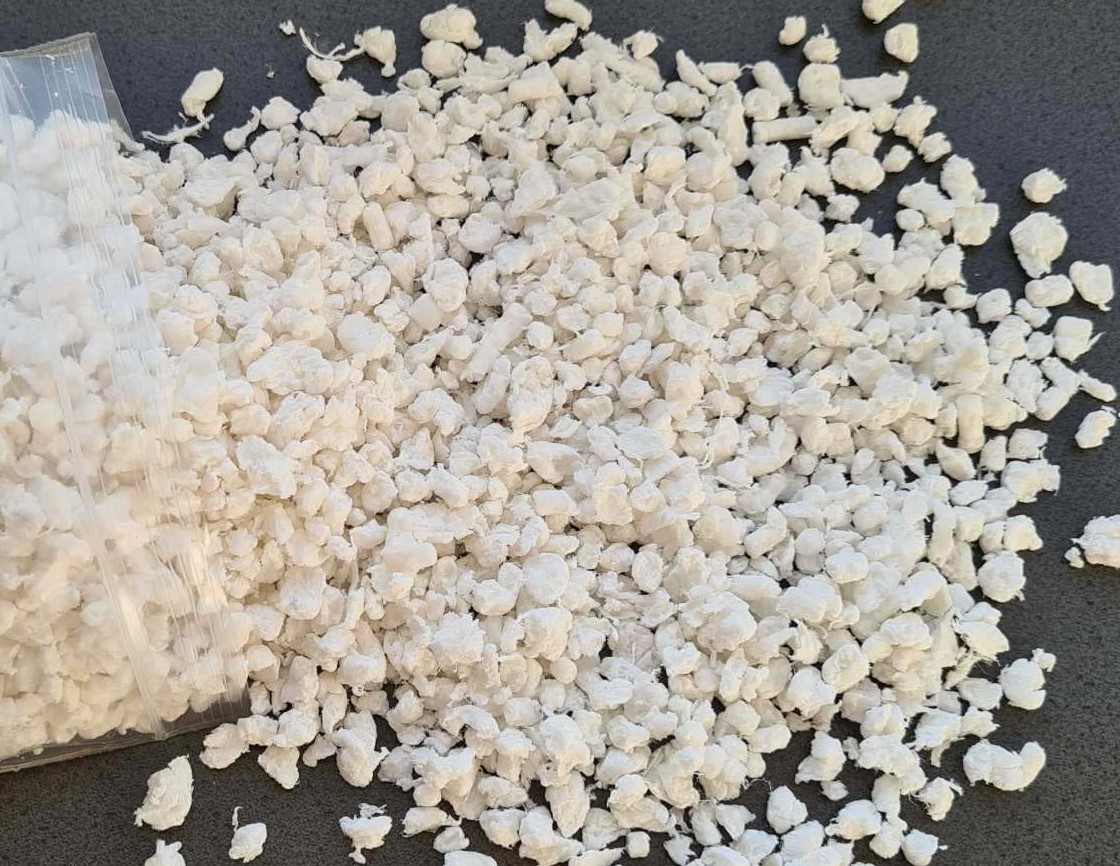The study’s authors found that the occurrence of PLA microplastics in nature has been reported “only a few times” from environmental samples
A new meta-study from research lab Hydra Marine Sciences concluded that hydrolysis of polylactic acid (PLA) prevents the formation of persistent microplastics.
The report conducted an initial review of over 30,000 reports related to PLA degradation. Of this number, Hydra identified 500 as relevant and of sufficient quality for further review.
The meta-study only considered pure PLA, but not specific items or products made from or with PLA where the base polymer may have undergone additional treatments and modifications.
What is PLA plastic?
PLA (polylactic acid) plastic is a bioplastic that is produced from renewable resources such as corn starch or sugar cane. It is a renewable and biodegradable plastic material under certain temperature and humidity conditions.
It is currently used as an alternative to produce packaging, blister packs or tubs and other solutions.
PLA does not generate microplastics
The study investigated the fate of PLA in the open environment and assessed how quickly and to what extent PLA degrades in open environments and whether persistent microplastics are formed.
The authors noted that the occurrence of PLA microplastics in nature has been reported “only a few times” from environmental samples. They also reported that several short-term field experiments and laboratory tests over several months concluded that PLA does not biodegrade in the open environment.
The study notes that “most of these studies seem to neglect or be unaware of the fact that molecular degradation of PLA by hydrolysis is a mass erosion process, which over a longer initial time cannot be measured as mass loss but only as a decrease in molecular weight until the molecular fragments are small enough to become soluble and diffuse out of the polymer matrix.”
Hydrolysis, key to PLA degradation
Hydrolysis is an abiotic process that occurs in the presence of moisture. The study found that as long as these conditions prevail, the molecular weight and size of any PLA object or fragment will continuously decrease by hydrolysis, at a rate determined by temperature, until the polymer chains are so short that the material eventually becomes soluble in water. These soluble substances, oligomers and monomers of lactic acid, will subsequently be biodegraded by microorganisms into biomass, water and carbon dioxide.
“The meta-study shows that unlike non-biodegradable plastic, which will persist and permanently accumulate as micro and nanoplastics in the environment, PLA in the environment will not leave persistent pollution as long as moisture and water are present,” said Christian Lott, CEO of Hydra Marine Sciences.
“However, we must be aware that it does not belong in the environment and it is critical that we do not use these attributes to encourage litter or slow the development of the global waste infrastructure. The degradation of any material must be balanced with accumulation, or the amount of material entering the environment, to reduce damage to the environment,” he added.

